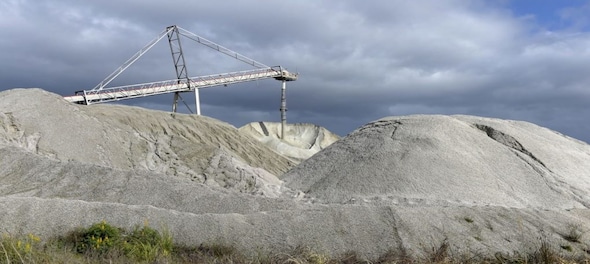
Prime Minister Narendra Modi-led Union Cabinet on Wednesday (October 11) cleared specifying royalty rates for the mining of three essential and strategically significant minerals namely Lithium, Niobium, and rare earth elements (REEs).
One of the most remarkable changes is the removal of six minerals, including Lithium and Niobium, from the list of atomic minerals, opening the door for private sector participation through auctioning concessions for these minerals.
Furthermore, the amendment ushers in a new era for mining leases and composite licenses for 24 critical and strategic minerals, which now must be auctioned by the central government, including the highly sought-after Lithium, Niobium, and REEs (excluding Uranium and Thorium).
The royalty rate plays a pivotal role in attracting bidders during auctions, and to ensure competitiveness, the Ministry of Mines has devised a method to calculate the Average Sale Price (ASP) of these minerals, facilitating the determination of bid parameters.
Until now, the Second Schedule of the MMDR Act dictated a default royalty rate of 12% of the ASP for minerals not explicitly listed. However, this rate is considerably high compared to other critical and strategic minerals, and it doesn't align with global standards.
As a result, a more reasonable royalty rate has been established for these minerals. Lithium will incur a royalty of 3% based on the London Metal Exchange price.
Niobium will be subject to a 3% royalty calculated from the Average Sale Price, considering both primary and secondary sources and Rare Earth Elements (REEs) will have a royalty of 1% based on the Average Sale Price of Rare Earth Oxide.
These critical minerals have gained immense significance due to India's commitment to energy transition and achieving net-zero emissions by 2070.
Additionally, they play a crucial role in geopolitics, making indigenous mining a strategic imperative. This initiative is expected to reduce imports and stimulate the growth of related industries and infrastructure projects while also generating employment opportunities in the mining sector.
The Geological Survey of India (GSI) has taken a proactive stance by providing exploration reports on REE and Lithium blocks, and various exploration agencies are actively surveying critical and strategic minerals across the nation.
The central government is on the cusp of launching the first tranche of auctions for critical and strategic minerals, including Lithium, REEs, Nickel, Platinum Group of Elements, Potash, Glauconite, Phosphorite, Graphite, Molybdenum, and more, signifying a promising future for India's self-reliance in these vital resources.
Currently, 47% of the world's lithium is produced in Australia, 30% in Chile and 15% in China. India has been import-dependent on many minerals like lithium, nickel, and cobalt and has lately been looking to strengthen its supply of key minerals, including lithium, that will be critical for furthering its electric vehicle plans.
First Published: Oct 11, 2023 11:26 AM IST
Check out our in-depth Market Coverage, Business News & get real-time Stock Market Updates on CNBC-TV18. Also, Watch our channels CNBC-TV18, CNBC Awaaz and CNBC Bajar Live on-the-go!


BJP holds meeting in Delhi as polling underway for 5th phase
May 20, 2024 4:21 PM
UP Police arrests man after viral videos shows him voting multiple times
May 20, 2024 2:18 PM

